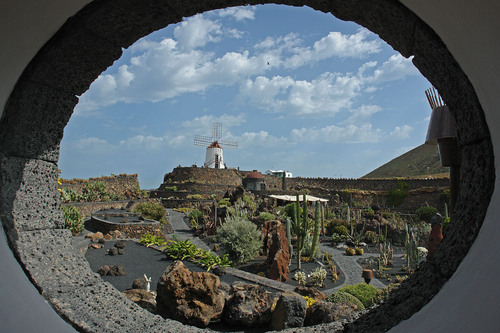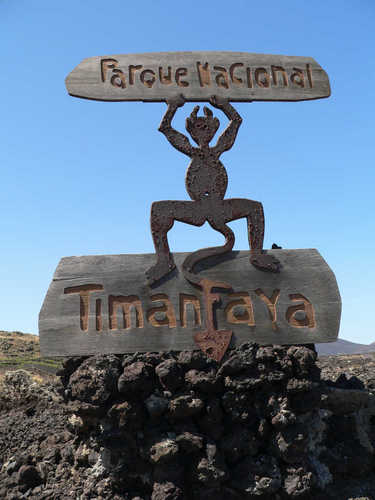The Island of Lanzarote
Lanzarote, an island of volcanic origin, created in the region of thirty five million years ago, is the fourth largest and most easterly of the Spanish, Canary Islands. It can be found basking in the Atlantic Ocean, a thousand kilometres from mainland Spain and one hundred and twenty five kilometres from the coast of Africa.
is the fourth largest and most easterly of the Spanish, Canary Islands. It can be found basking in the Atlantic Ocean, a thousand kilometres from mainland Spain and one hundred and twenty five kilometres from the coast of Africa.
The original name of the island from the native Guanche language is Titero(y)gaca which is said to mean "the red mountains". However, the modern day name of Lanzarote derives from the Genovese navigator Lancelotto Malocello. In 1402 the island was conquered by the Norman adventurer Jean de Bethencourt in the name of the Crown of Castile and along with the other Canary Islands, Lanzarote has been under Spanish rule ever since.
In the 1730's the island suffered the most devastating and lengthy volcanic eruptions, lasting over five and a half years. Covering an area of eight square kilometres, twenty five outbreaks occurred destroying the fertile vineyards and small peaceful villages. However, the last recorded volcanic action to take place on the island was back in the 19th century.
Lanzarote is closest to Fuerteventura, another Canary Island with only eleven kilometres separating the two, and is elongated in shape, 60 kilometres in length and around 25 kilometres wide. The coastline, which ranges from sandy to extremely rocky stretches on for over 200 kilometres with the fabulous backdrop of the Famara Mountains at the north of the island and the Ajaches to the south.
The climate of Lanzarote is quite stable all year round. With only 14 cm of rain each year, the temperature averages out at around 21 degrees, reaching highs of 32 degrees in the summer and seeing drops to between 15 and 25 degrees during the winter months. As Lanzarote is in the path of the North Atlantic trade winds, there is often a breezy or even windy element created by the lower winds which is a welcome cooling effect on those really hot summer days. Without these winds the island would be similar in temperature to the Sahara. Lanzarote, being the closest island to the Sahara sometimes experiences hot winds containing bits of sand which appears like a fog descending and covering everything in its path with a layer of orange coloured dust.
Lanzarote has the Timanfaya National Park and is under the protection of Reserve of the Biosphere by Unesco. It is also an island full of culture. Six other tourist centres dedicated to visitors and more than 15 museums and art galleries support the quality of its land and coasts.
The capital of the island is Arrecife, which accounts for just under half of the total population. The Spanish take up around 73%, Europeans, including British in the region of 4% and the remainder of the population constitutes people from Colombia, Morocco, Ecuador, Western Africa, China and India.
Even though the number of tourists visiting Lanzarote continues to increase, the local authorities remain in strict control with regard to development of the island. For example, houses have to be painted white and enhanced with shutters which can only be green in colour. There are no high-rise buildings or apartment blocks with the exception of a hotel which was built in Arrecife and duly closed down for breaking the rules.
Useful links: